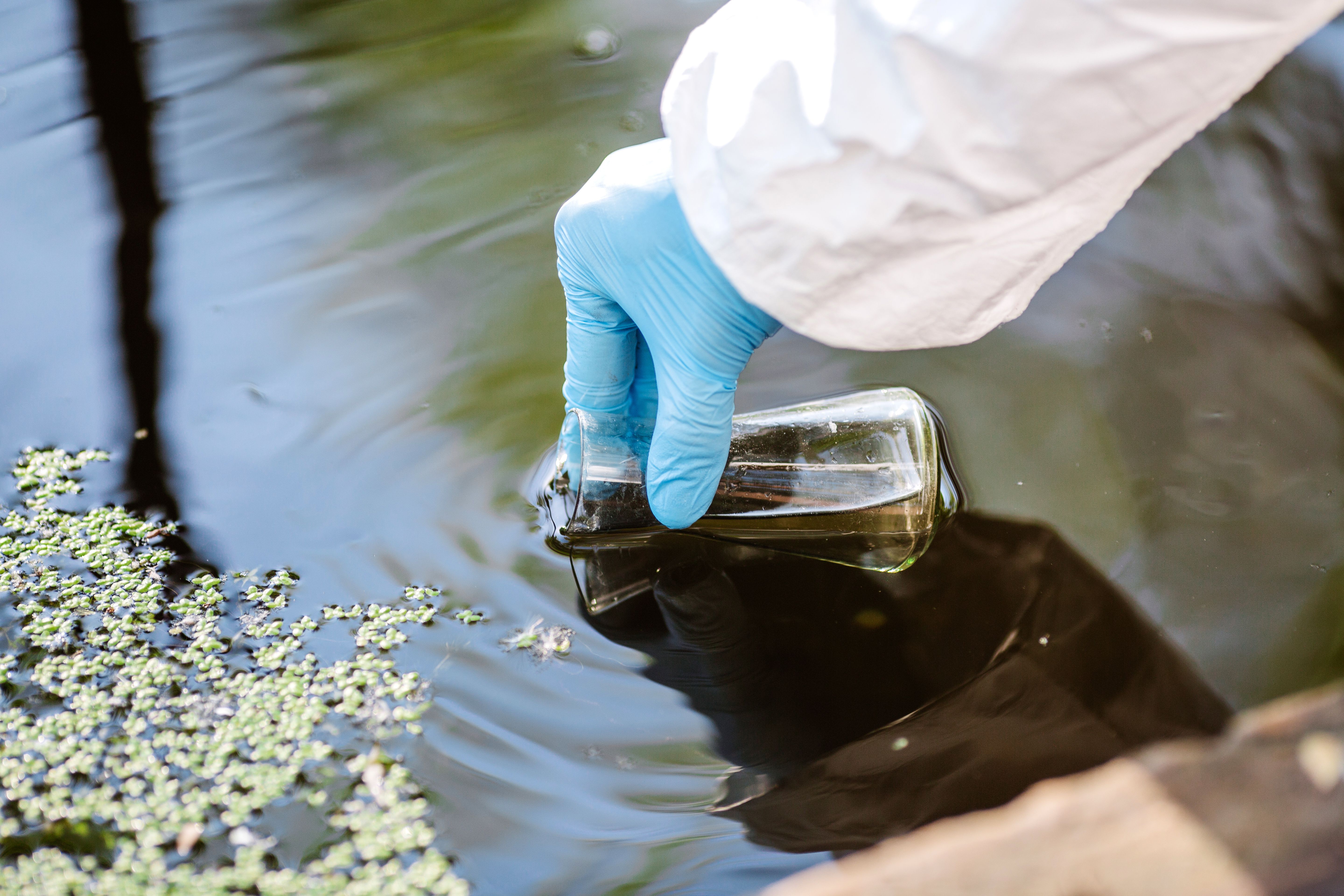Artificial Intelligence and Machine Learning: Assessing Water Quality
A recent review article evaluates how artificial intelligence (AI) and machine learning (ML) are being used to assess water quality.
The application of artificial intelligence (AI) and machine learning (ML) has helped improve water quality, a recent review published in TrAC Trends in Analytical Chemistry shows (1).
Water quality is crucial for human health, environmental sustainability, and economic development. Clean water is essential for drinking, agriculture, sanitation, and industrial processes. Poor water quality can lead to the spread of waterborne diseases; to polluted aquatic ecosystems, and to disruption of food chains. Contaminated water, often polluted by chemicals, pathogens, or heavy metals, poses serious health risks to humans, animals and plants and can lead to long-term environmental damage (2). Some of these health risks include gastrointestinal illness, reproductive problems, and neurological disorders (2). Ensuring good water quality helps protect biodiversity, maintain healthy ecosystems, and supports sustainable development by providing safe, reliable water for human and ecological needs. Ultimately, water quality is vital for preserving life and ensuring the well-being of future generations.
Biologist working on water analysis. Ecology and environmental pollution concept. | Image Credit: © kaninstudio - stock.adobe.com

This review article, written by lead author A. D. Robles from the National University of Mar del Plata examines how AI and ML are positively impacting water monitoring, specifically highlighting how these technologies enhance the detection of contaminants and predict water quality parameters, offering a glimpse into the future of water resource management (1).
The review takes an in-depth look at recent developments in the application of machine learning to the analysis of water quality. By processing spectral data from water samples, AI can swiftly identify pollutants and support early warning systems, proving invaluable in monitoring drinking water, tap water, surface water, and wastewater (1).
Water quality control is critical in managing Earth’s natural resources, with surface water playing a vital role. Surface water, defined as water found at the Earth's surface and exposed to the atmosphere, is essential for human consumption, recreational use, agriculture, and industrial applications (1). However, it is easily polluted by fertilizers, chemicals, sewage, and waste products, leading to serious health concerns when contaminated water is consumed (1).
In this context, the review highlights how AI and ML are addressing the complexity of data generated from water samples. Traditionally, water quality monitoring involved labor-intensive processes, such as chemical testing, that were time-consuming and often limited in scope (1). However, AI-based models, particularly those using chemometrics, can process vast amounts of data quickly, pinpoint contaminants, and predict water quality trends.
According to the research conducted by Robles and colleagues, ML models can analyze spectral data, which is derived from spectroscopic techniques that measure how light interacts with water samples (1). These predictive models can identify even trace amounts of contaminants, from chemical fertilizers to pathogens, making them crucial in maintaining water safety. The potential applications of these technologies in early detection systems could drastically reduce the risk of waterborne diseases and pollution, safeguarding public health and the environment (1).
However, AI applications are not a panacea to the issue of assessing water quality. Several limitations remain. For example, the authors discuss that the requirement for large, diverse data sets to train machine learning models effectively remains a challenge (1). Many studies have used relatively small data sets, which limits the predictive power and accuracy of these AI tools. The authors suggest that open-access databases containing broader data sets could help overcome this issue, enhancing the reliability of AI in water quality control (1).
Water quality and quantity is an issue expected to become more frightening. Future projections indicate that a 70% increase in annual water scarcity is expected by 2050 (3). This includes water quality and quantity. This trend underscores the pressing need to ensure the quality of water, especially as this resource gradually depletes.
This review article stresses the importance of selecting the right ML algorithm for specific water quality problems (1). Each region and water source presents unique challenges, and there is no one-size-fits-all AI solution. However, properly tailoring AI algorithms to the characteristics of the problem is crucial for effective water monitoring (1).
References
- Pérez-Beltrán, C. H.; Robles, A. D.; Rodriguez, N. A.; et al. Artificial Intelligence and Water Quality: From Drinking Water to Wastewater. TrAC Trends Anal. Chem. 2024, 172, 117597. DOI: 10.1016/j.trac.2024.117597
- Centers for Disease Control, Importance of Water Quality and Testing. CDC.gov. Available at: https://www.cdc.gov/healthywater/drinking/public/water_quality.html (accessed 2024-09-17).
- Baccour, S.; Goelema, G.; Kahil, T. Water Quality Management Could Halve Future Water Scarcity Cost-effectively in the Pearl River Basin. Nat. Commun. 2024, 15, 5669. DOI: 10.1038/s41467-024-49929-z
LIBS Illuminates the Hidden Health Risks of Indoor Welding and Soldering
April 23rd 2025A new dual-spectroscopy approach reveals real-time pollution threats in indoor workspaces. Chinese researchers have pioneered the use of laser-induced breakdown spectroscopy (LIBS) and aerosol mass spectrometry to uncover and monitor harmful heavy metal and dust emissions from soldering and welding in real-time. These complementary tools offer a fast, accurate means to evaluate air quality threats in industrial and indoor environments—where people spend most of their time.
Smarter Sensors, Cleaner Earth Using AI and IoT for Pollution Monitoring
April 22nd 2025A global research team has detailed how smart sensors, artificial intelligence (AI), machine learning, and Internet of Things (IoT) technologies are transforming the detection and management of environmental pollutants. Their comprehensive review highlights how spectroscopy and sensor networks are now key tools in real-time pollution tracking.
New AI Strategy for Mycotoxin Detection in Cereal Grains
April 21st 2025Researchers from Jiangsu University and Zhejiang University of Water Resources and Electric Power have developed a transfer learning approach that significantly enhances the accuracy and adaptability of NIR spectroscopy models for detecting mycotoxins in cereals.